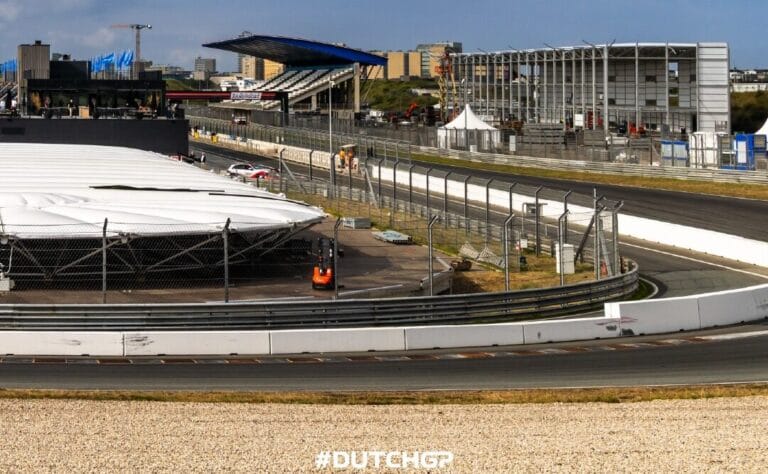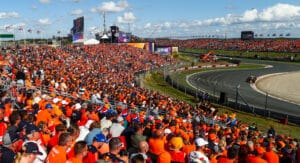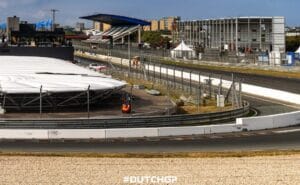Exactly 52 years ago today, on July 29, 1973, Formula 1 lost one of its most promising talents. British driver Roger Williamson tragically lost his life during the Dutch Grand Prix at the Zandvoort Circuit, before he could fully demonstrate his potential in the premier class. This tragedy left deep scars among his colleagues, fans, and certainly on the Dutch dune circuit.
The young Williamson was one of the most promising drivers of his generation. In 1973, he got the opportunity to race for March in Formula 1. After his debut at Silverstone, Zandvoort was his second race. Unfortunately, in the eighth lap, things went horribly wrong. A suspected blown tire at the fast corner combination at Tunnel East caused his car to flip over and catch fire. Williamson survived the crash itself, but was trapped in his overturned car that quickly ignited.
What followed was one of the most distressing moments in Formula 1 history. The marshals were poorly trained and inadequately equipped. Only one man tried to save Williamson: his friend and fellow driver David Purley. He stopped his own race, ran across the track, tried to flip the car over, and grabbed a fire extinguisher to fight the fire. All in vain. The marshals did not dare to approach without protective clothing, and the fire brigade arrived too late. As a result, Williamson died in the inferno.
Painful Symbol
Meanwhile, the race continued as usual. Many drivers thought it was Purley who had crashed and that the burning car was empty. The image of Purley, desperately waving at passing cars, remains a painful symbol of a time when safety was far from the level it is today.
The death of Roger Williamson led to severe criticism of the organization and acted as a catalyst for improvements in circuit and marshal safety. His name lives on, not only in the memory of fans, but also in the lessons drawn from his death. Like Ratzenberger, Senna, and Bianchi, Williamson posthumously became a symbol for the necessity of safety in motorsport.









